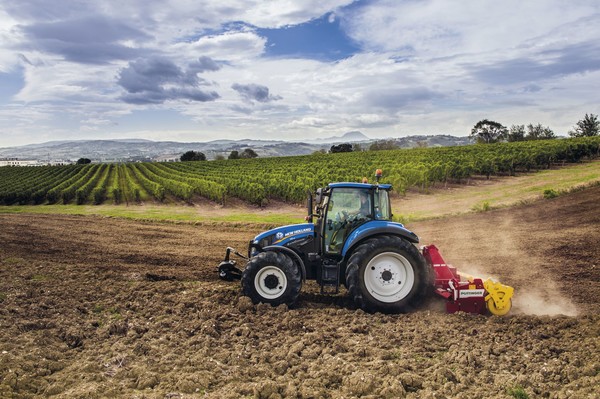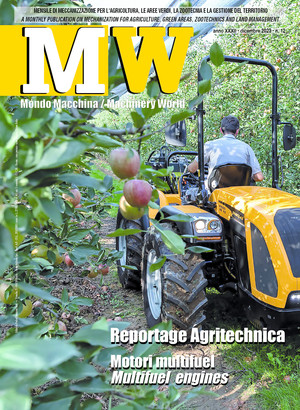
Agricultural machinery, global market recovers
Data provided by the manufacturers' associations indicate sales increases in all the main areas of the world. Tractors grew in Europe by an average of 16.6%, with peaks in Italy (+36%) and Poland (+43%). The market is still dynamic in the current year, but with the uncertainties linked to the strong increase in the costs of raw materials and fuels
The agricultural machinery market has reacted well to the health crisis. After holding up well in 2020 - the most critical year due to restrictions on production and transport of goods - during 2021 it will show consistent increases in all the main areas of the world.
In the United States, the growth phase that has characterised the last few years is continuing: data released by the AEM manufacturers' association indicate a total of almost 318 thousand tractors registered in 2021, with an increase of over 10% compared to 288 thousand in the previous year. Also according to AEM, the Canadian market is also growing, with a vigorous +19% at the end of the year, with 33,400 tractors sold, and the Russian market, with 29,300 units and a 6% increase in sales compared to the previous year. The Indian market also grew, with just over 900 thousand machines sold, an increase of over 12%.
As always, it is interesting to observe the trend of the European market, which is one of the most mature markets, due to the presence of an already substantial fleet of machinery and therefore a relatively stabilised rate of absorption of new vehicles, and which stands out as one of the most demanding, given that the European agricultural model is particularly evolved in terms of productivity and sustainability.
According to data released by the European Manufacturers' Committee CEMA, agricultural tractor sales on the continent recorded an average increase of 16.6% compared to 2020, with almost 180 thousand units registered compared to 154 thousand the previous year. Overall, it can be considered that the increase in registrations represents a physiological rebound compared to the difficulties experienced in 2020, but the arrival of funds under the Next Generation EU and the launch of new policies oriented towards sustainability and digital transition also play an important role in the development of the market, as is evident in Italy where tax incentives for 4.0 technologies have pushed the tractor market to an increase of 36% (24,400 units), significantly higher than the European average. Looking at the main countries, France and Germany are confirmed as the most consistent and also the most stable markets, both with a number of tractors of close to 35 thousand units per year and with increases compared to 2020 of around 9%. Spain stands at 11,700 units (+9.3%), the United Kingdom at 14,000 (+18%), while Poland stands out in terms of increases, recording an increase of almost 43% with over 20,200 machines registered, where the process of renewing the machine fleet has continued, making use above all of subsidised funding from the Rural Development Programmes.
The CEMA Observatory forecasts indicate a still high demand in the current year, even if some important variables linked to production costs weigh on the sector's developments. The pandemic crisis has produced, as already known, an enormous increase in the costs for the transport and storage of products, and to these we must add those due to the increase in the energy bill and the crisis of raw materials (ferrous materials, metals, plastics and silicon) that put in crisis the current production levels and that can lead to a significant increase in the list prices of agricultural vehicles. A market with good potential, therefore, but to be monitored in terms of the industrial variables that are conditioning it.








